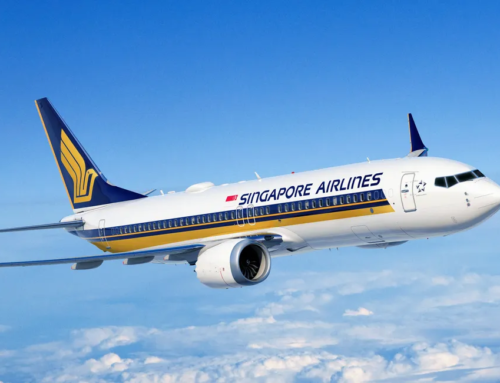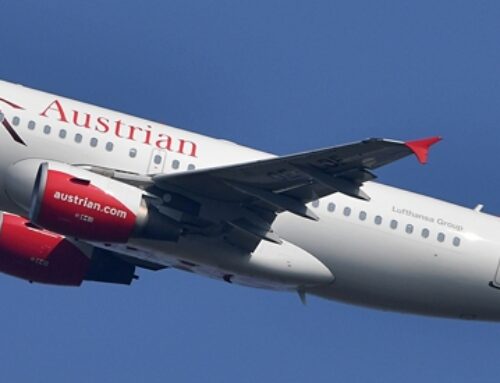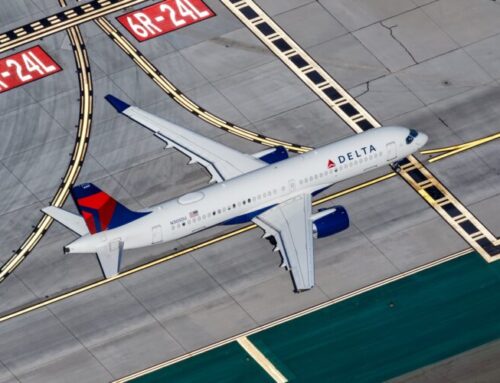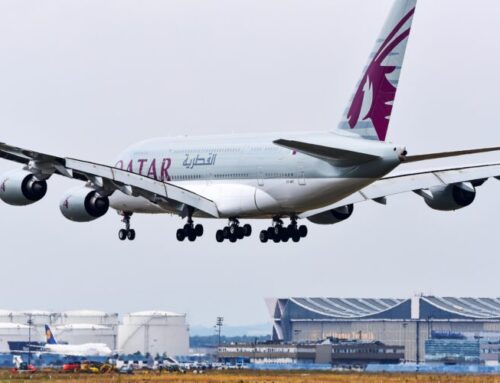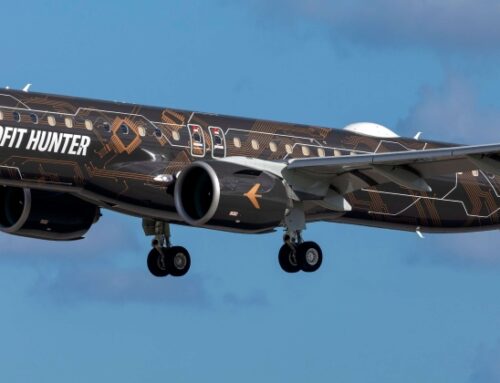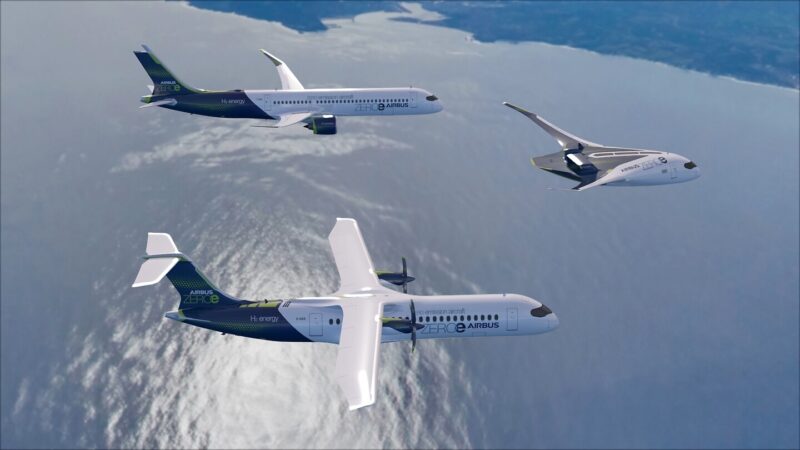
Airbus is quietly laying the groundwork for a groundbreaking clean-sheet narrowbody aircraft. Slated for a mid-2030s debut, this project promises to push the boundaries of fuel efficiency and environmental stewardship.
Development and Environmental Impact
Currently in the conceptual phase, details about the aircraft’s specifications remain under wraps. Nonetheless, Airbus has made it clear that the focus will be on crafting an aircraft that outperforms its predecessors in both fuel efficiency and reduced environmental footprint. While it’s too early to quantify the emissions savings, Airbus’s commitment to minimizing its ecological impact is evident, with substantial investments in R&D paving the way.
A New Chapter in Airbus’s Legacy
Aiming to succeed the iconic A320 family, this new aircraft represents Airbus’s ambition to lead the next generation of narrowbody aircraft by integrating cutting-edge technologies and sustainable practices.
The A320 family, with its variants, has been a stalwart in Airbus’s lineup since 1988, becoming the best-selling airliner by October 2019. Despite the A320neo’s notable fuel economy improvements, Airbus sees the necessity for a fresh design to meet future challenges head-on.
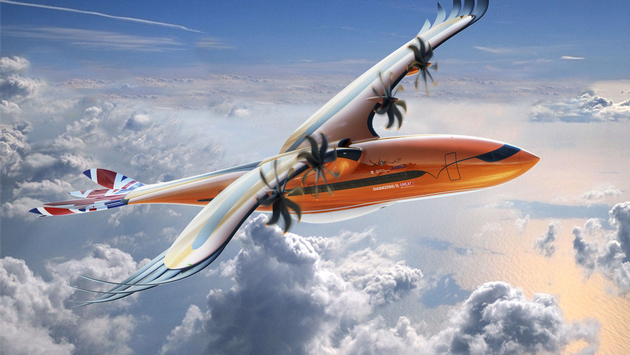
Innovations on the Horizon
Airbus is exploring new frontiers in wing technology and propulsion systems. A facility in southwest England focuses on developing longer, sleeker wings with folding tips, aiming to enhance aerodynamics and slash emissions. Meanwhile, Airbus is evaluating propulsion technologies beyond the current A320neo’s engines, including hybrid-electric and hydrogen-powered options, to significantly reduce environmental impacts.
The Competitive Landscape
As Airbus forges ahead with its narrowbody ambitions, Boeing is also in the race, potentially introducing replacements for its 757 and 737 models. This ongoing rivalry underscores the dynamic nature of the aerospace industry, with both giants striving for innovation.
For several years, Boeing has discussed launching the New Midsize Airplane (NMA), colloquially known as the Boeing 797. This aircraft is anticipated to be available in two variants: one seating 225 passengers with a range of 5,000 nautical miles (9,300 km), and another seating 275 passengers with a range of 4,500 nautical miles (8,300 km). The NMA aims to bridge the gap between the 737-10 and the 787-9, offering a versatile solution in the midsize market segment.
However, the grounding of the 737 Max aircraft postponed the NMA’s debut beyond the initially targeted mid-2020s. In response to the delay and the competitive pressure from the A321XLR, Boeing’s CEO, Calhoun, emphasized in 2019 the company’s strategic patience.
“We refuse to rush the design of our next airplane just to compete with the A321XLR,” Calhoun stated. “I am now clear on the NMA’s target market. It’s crucial for us to fully understand the dynamics of the widebody and narrowbody sectors before proceeding.”
Richard Aboulafia, an industry analyst with Teal Group, suggests Boeing might leap over the NMA and instead move straight to developing the FSA, the project name for the 737 replacement is either the New Small Aircraft (NSA) or the Future Single Aisle (FSA). Perhaps, he says, the FSA could include a larger variant suited for the mid-market segment.
“It’s also possible that they do nothing, and simply continue returning cash to shareholders. That would be disastrous for the company’s market standing,” Aboulafia says.
Chinese manufacturer COMAC is starting to make bolder plans with the C919, a jetliner developed entirely in China. The aircraft, which has been in commercial service for just eight months, experienced slow development but has gradually proven to be a viable alternative to Western jets. It serves as a direct challenger to the Airbus A320 and the Boeing 737 Max series jets in the marketplace.
Anticipated Range and Capabilities
While the successor to the A320 family is still in development, it’s anticipated to target a range of at least 7,000 km to remain competitive. The ultimate range will depend on various factors, including propulsion technology, aircraft design, and efficiency benchmarks.
As Airbus gears up for this ambitious endeavor, the focus is not merely on replacing an existing model but on redefining aviation standards for the next decade. The industry watches with bated breath as Airbus takes a bold step towards the future of narrowbody aircraft, signaling a new era of performance and sustainability in aviation.
Sources: AirGuide Business airguide.info, bing.com, airbus.com, boeing.com, flightglobal.com, aviationweek.com

